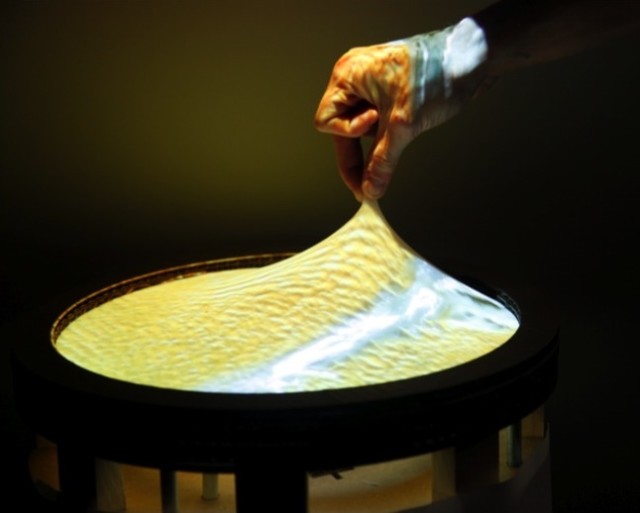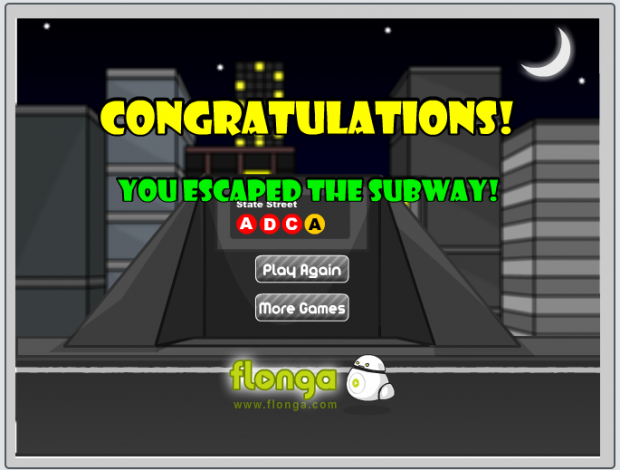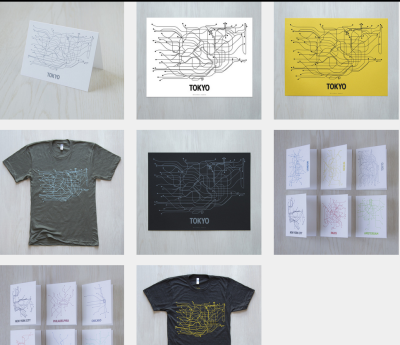Snake on the Fountains of London
In this project snake can be played on an array of fountains at Granary Square, in King’s Cross.
I like that the game is interactive and public, but even more than this I like the scale. I only have ever considered snake on a small scale because of the resolution and its correlation with with Nokia phones from the 90’s. I had also not considered it as a multiplayer game.
I feel that this project is great in concept and that it looks great in action, but its interactive nature is broken in a few ways. The first is that the snake jumps from one rectangle of fountains to the other. I feel that they should have made two separate games or found some way to avoid this as it breaks the idea of continuity in the playing field and doesn’t make it clear that the edges are barriers. The control method also seems roughly done. I would prefer buttons on the screen to needing to swing the phone 90 degrees in any direction, but perhaps the interaction shown in the video is exaggerated.
I feel that they may have chosen the wrong game for the situation and maybe it would have made more sense to chose a game which works well in the rectangles given. The first thing that comes to mind is Tetris.

Obake
In 2013 Dhairya Dand and Robert Hemsley created a project that sought to develop gestures for an interactive 2.5D surface display.
I like this because it created new opportunities for interaction. This project reminds me of another that created a surface using moving pins. I appreciate this project because the display is much smoother.
I feel that they could have created more appealing interactions with the project. I understand that the project was a demonstration of the gestures, but it would have been interesting to see an interactive game or another use case where the display moves the surface and requires the user to interact with this dynamic.


